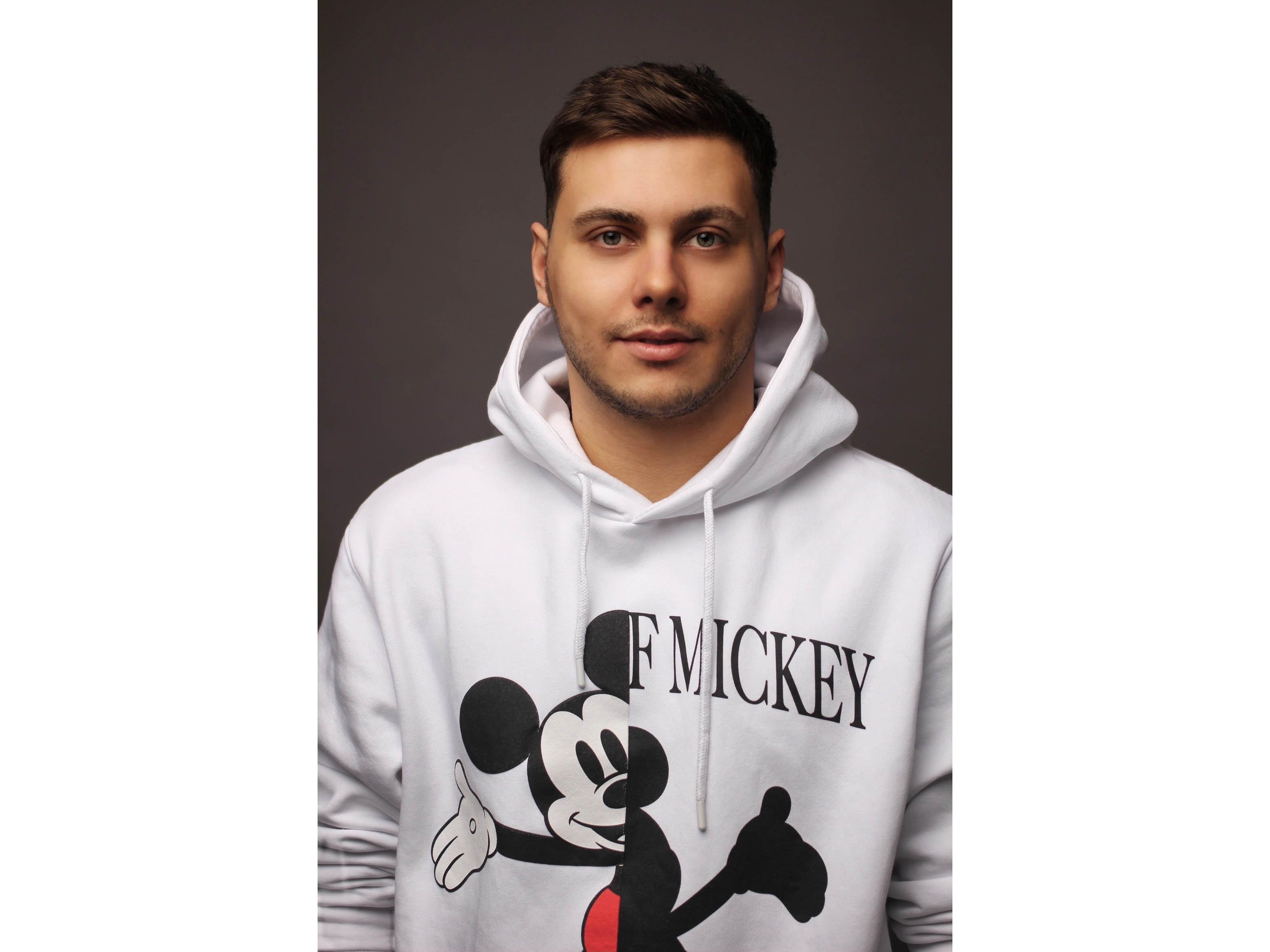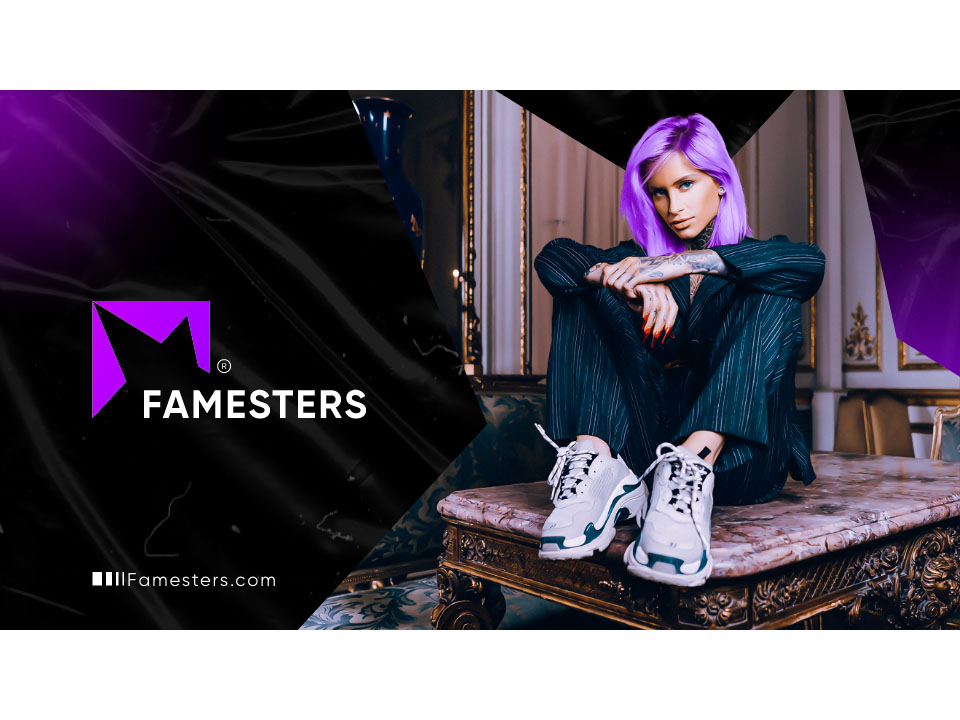News - Digital/Tech
Industry experts share social media trends expected in 2023
by ArabAd's staff
March 29, 2023
.jpg) Advertisement
AdvertisementSocial media use has become an inseparable part of people’s lives. The number of social media users today approaches 4.8 billion that equals 59.5% of the global population - 5% higher in comparison with 2021.
Pavel Beinia, CEO & Founder of BuzzGuru, claims that business cannot grow without social media presence: “If you’re not spoken about on social media, you probably don’t exist. At least in the eyes of a modern customer. According to the research, 82% of consumers trust influencers just like friends and family and let their social media posts guide the purchasing decisions. More than 90% of brands understand where on the Internet their target audiences are very well, as these 90% use social media to market their products.”
Every year brands allocate budgets for social media integrations, and put their efforts into building personal relationships with their customers through social media. This tendency of social media focus will keep growing in 2023. So here are six trends to consider while building your brand’s strategy on socials in the upcoming year.
1. User Generated Content
If you are looking for an efficacious social media booster of your sales, UGC is one of the first things to be considered. 86% of customers most likely purchase when the brand features other customers’ reviews and opinions. This is a key to your customers’ loyalty, as it does not act like an ad. UGC grows your brand’s credibility, and no doubt real people are someone to be trusted.
Abdul Saboor, Full Stack Developer at The Stock Dork, says customers today prefer to look for real reviews prior to making a purchase: “This is the most effective social media strategy for brand promotion and sales growth. Customers typically read many reviews prior to making a purchase to ensure that the brand and item are reputable and worth their money. Additionally, more consumers are using social media to discover credible reviews and to observe products and services in action. If customers are sharing positive experiences with your products or services or demonstrating their use, you should share this. Whether it's a Twitter retweet, an Instagram story, or a TikTok video duet, utilize their material to strengthen social proof. This adds a level of credibility to your profile that you cannot get by simply writing your own content. Determine ways to encourage individuals to share their positive experiences via videos and photographs on social media.”
Max Whiteside, SEO & Content Lead at Breaking Muscle, explains this type of content is a must today: “Consumers are more likely to have confidence in a brand with user-generated content than with any other form of marketing content. Moreover, user-generated content is a significantly less expensive alternative to traditional advertising for businesses. It improves authenticity, and also increases user engagement. There is little doubt that user-generated content will increase on social media platforms in the coming year.”
2. Influencer Marketing
By 2023, influencer marketing expenditures are expected to reach $16.4 billion (in comparison with $ 1.7 billion in 2016 and $ 13.8 billion in 2021). The main difference between direct advertising and influencer campaigns is its nativeness. Users are on the same page with their favorite influencers taking them as the old friends, that is why advertising is seen as your buddy’s recommendation and a loyal audience takes it worth trying. There are plenty of influencer marketing tactics to use, so keep in mind your brand’s goals while strategizing your influencer marketing efforts.
Pavel Beinia, CEO & Founder of BuzzGuru, chooses to rely on numbers: “Why turn to influencers when you can simply run your brand’s account on Instagram? First, 60% of marketers say that the ROI of the posts made by influencers is always higher than that of the publications posted by brands themselves. Second, 63% of consumers “trust what influencers say about a brand more than what the brand says about itself”. And last but not least: on average, earned media value is $5.78 for every $1 businesses spend on influencer marketing; for some brands, the indicator goes up to $18.”
Nadia Bubennikova, Head of influencer marketing agency at Famesters, is sure that influencer generated content can and should be used in more than one way, and brands are starting to get that: “The new trend in 2023 will be using a marketing format that combines the publication of a creator’s content and a performance component. For example, the new combined TikTok ads launch can be divided into two parts. The first part is a classic publication of a TikTok video with ads and a link in the influencer’s profile – this is how brands collaborate with influencers usually, and this is where they usually stop. But you can make more out of it. The second part starts after approximately two weeks when the video gets the previously agreed number of views. The brand promotes the ready-made influencer’s video through Spark Ads managed via a TikTok advertising account. This allows you to target the influencer’s video (and not just some content created by a brand, as in regular cases) to the target audience you need, increase the coverage of the published video and get a direct link in the video itself. Consumers trust influencers more than brands – 61% vs 38%, so this kind of targeted ads is more effective.”
Ty Wilson, Co-Founder of CustomMade, predicts new vectors of influencer marketing development: “It is expected that there will be more regulation and transparency in influencer marketing, as consumers become more aware of sponsored content. Influencers will need to disclose their partnerships when promoting a brand, and brands will have to be more selective in the influencers they work with to ensure authenticity and alignment with their values. This way, both parties can maintain integrity and trust with their followers. After all, marketing is not just about promoting a product; it is also about building relationships and maintaining a positive reputation.”
3. Video Content
Video content exponentially gains its popularity. Look at TikTok as the simplest proof that video marketing is working: influencer marketing spend rose by 27.8% to $4.99 billion this year. Instagram is now prioritizing videos over the images. At the same time brands receive 67% more engagement with Instagram Reels than standard videos. So it is worth considering this type of content while building up your brand strategy and revealing all your creativity to the customers.
Helen Ferris, Founder of Imagine Maids, says videos are best attention getters: “In particular, video content is excellent for catching attention and showing your consumers who you are and what you're passionate about. As users navigate through their social feeds, visual content stands out, increasing the likelihood that they will watch and interact with it. Additionally, you may say more without using up much space than you could in a usual post. To obtain the best response, make engaging videos with strong narratives.”
Carl Panepinto, Head of marketing of Appleton Sweets, confirms: “Video-based content is now the major emphasis of social media marketing since it can hold a viewer's interest for longer than static posts. Short videos are being used by marketers to increase engagement and brand exposure among millennials and Gen Z, from TikTok to Instagram reels. Additionally, live streaming has shown to be a successful marketing strategy. When combined with influencer marketing, live streaming enables potential customers to interact with influencers who are knowledgeable about the product, speak about it, and purchase it all while watching the video.”
4. Communities to Get Closer to Your Customers
Staking on building a loyal community helps to create a tight connection between your brand and customers. What distinguishes a good brand community is the fact they do care about their consumers and are well aware of customers needs, pains and goals. For example, take a look at Gymshark. The brand managed to build a strong community hub that engages its customers to purchase. Gymshark shares useful content including sports tips, health & fitness guides, and many more. This way the brand transmits its values and makes their customers buy as a way to join a strong fitness community.
Chun-Kai Wang, CEO of Kooapps, claims in 2023 brands will concentrate on developing a deeper understanding of their customer: “It would be common for brands to prioritize communities over personas: according to 66% of branded communities, their community has enhanced customer loyalty. To determine who is leading and disseminating conversations about their brands, brands will concentrate on developing a deeper understanding of their customer ecosystems.”
5. Use shoppable posts
Over 130 million users on Instagram tap on a shoppable post every month to learn more about the product and make a purchase. This kind of digital content is the easiest way to turn your potential customers into real ones. For brands, it means to tag the products in the post with a link, price, and other details. For consumers this is a tool to simplify their purchasing efforts and instantly buy the product.
Josh Pelletier, Chief Marketing Officer of BarBend, consider shoppable posts essential for the brand: “In my opinion, shoppable posts are the most effective social media strategy for brand promotion and sales growth. They are an incredibly effective approach to enhancing social media sales. People can purchase your items or services directly from your social network postings. Instagram is an excellent illustration of this. You can tag products and services in your Instagram stories and posts, this allows your clients to view the goods they desire and tap their screens to go directly to your website to purchase it. The tag contains the product's name, price, and description. The user can then click checkout on the product page. After that they only need to provide their name, payment information, and delivery address, and they're all set.”
Jean Will, CEO & Founder of Cicinia, bets on this type of content in 2023: “Shoppable posts are an incredibly efficient approach to enhancing social media sales. People may purchase your items or services directly from your social network postings using shoppable posts. Instagram is an excellent illustration of this. You may tag items and services in your Instagram stories and posts, for instance. This allows your clients to view the goods they desire and tap their screens to go directly to your website to purchase them. The tag contains the product's name, price, and description. The user may then click "checkout" on the product page. After that, customers only need to provide their name, payment information, and delivery address, and they're all set.”
6. Use Diverse Content and Plan it in Advance
Think over your content plan thoroughly a few weeks in advance to produce diverse and high-quality content. Using different types of content and following the audience's reaction will help you to find out what kind of content gives your audience more value. Once you find the perfect formula, share the engaging content that brings sales. Use your creativity and remember your posts influence the customer's imagination showing them something they will get from a purchase.
ShadElia, CEO of New England Home Buyers, recommends to produce the content in advance: “Last-minute scrambling to write social media posts can result in low-quality material. Repeated posts or a lull in your activity on one of your channels can result from disorganization. Making social media content calendars can aid in avoiding those errors and result in postings that are more successful. You can set goals, plan how to achieve them, and monitor your progress by using content calendars. Use a calendar for each social media platform and schedule your posts in advance, including hashtags, links, photographs, and other content.”



.jpg)










